The cost of renewable energy is plummeting while fossil fuel companies are in distress.
Now is the time to keep on pushing.
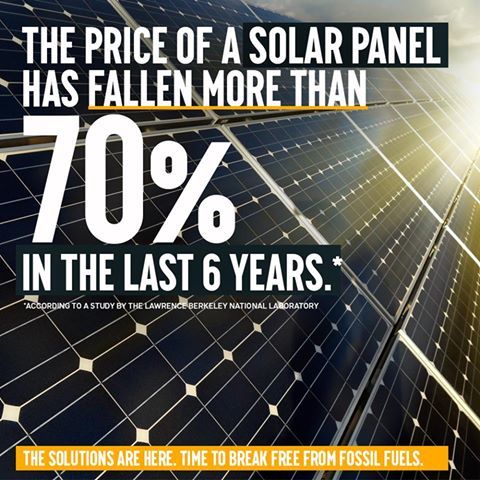
The cost of renewable energy is plummeting while fossil fuel companies are in distress.
Now is the time to keep on pushing.
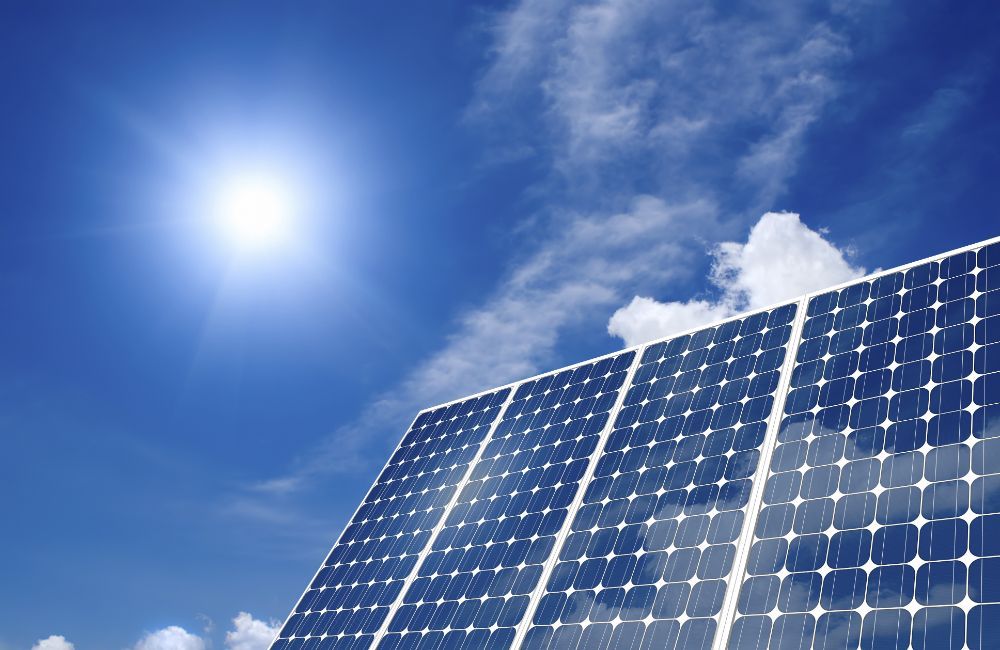
No source of energy is perfect and one of the traditional drawbacks of solar energy has been that it’s tough to generate new power when it’s dark outside. However, SolarCity announced this week that it’s taken a big step toward fixing this problem by agreeing to use Tesla’s 52 MWh Powerpack lithium-ion battery storage system for its massive solar power project that it’s building in Hawaii for the Kaua’i Island Utility Cooperative (KIUC). SolarCity, of course, is chaired by Tesla CEO Elon Musk so the decision to go with the Powerpack is pretty convenient for both companies.
MUST READ: The FBI has laid a clever trap for Apple
SolarCity says it believes that its collaboration with Tesla will produce “the first utility-scale system in the U.S. to provide dispatchable solar energy, meaning that the utility can count on electricity being available when it’s needed, even hours after the sun goes down.” To be clear, using the Powerpack won’t completely eliminate the need for non-solar resources at night since it’s projected to feed up to 13 megawatts of electricity onto the grid, which will only reduce the amount of power used by non-renewable sources.
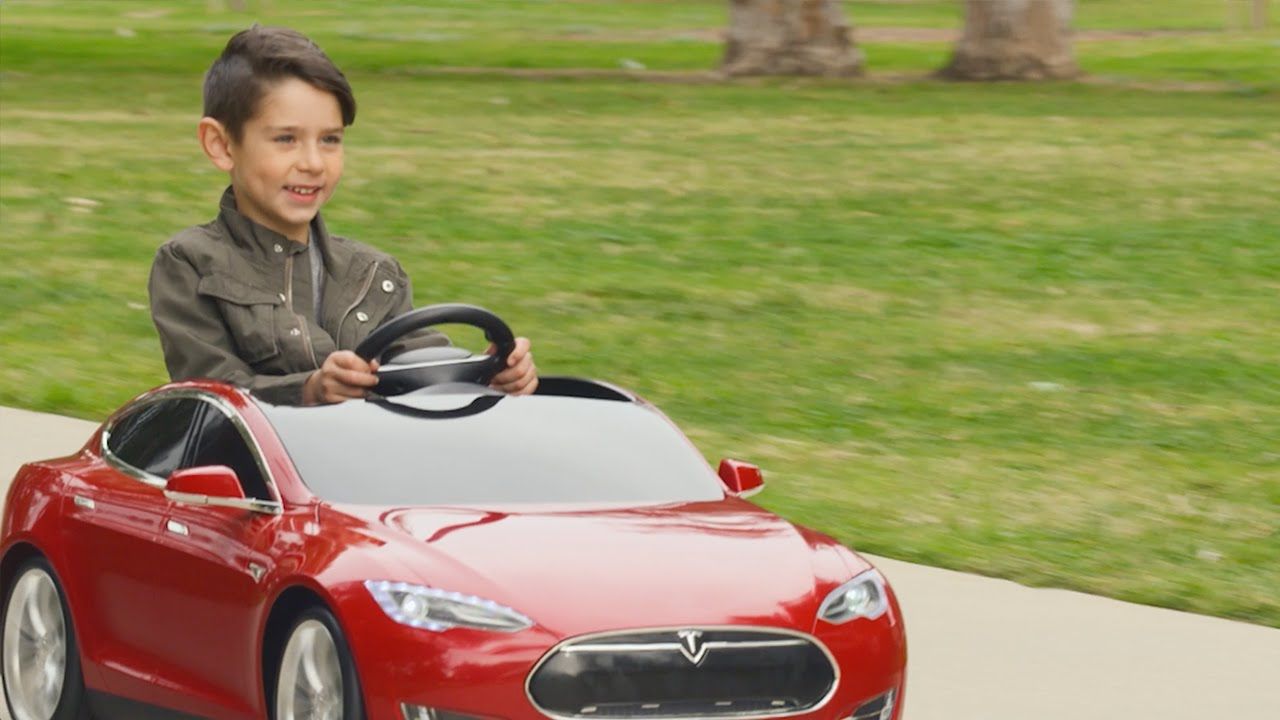
Radio Flyer has partnered with Tesla Motors to release a miniature Model S electric car for children. The vehicle has a top speed of six miles per hour, advanced battery technology, working headlights, a sound system, and other Model S inspired design elements.
The tiny cars will begin shipping in May 2016, and customers can preorder and build their little Model S now. The preorder process involves picking the color as well as optional spare batteries, a cover, and customizable license plate and parking sign.
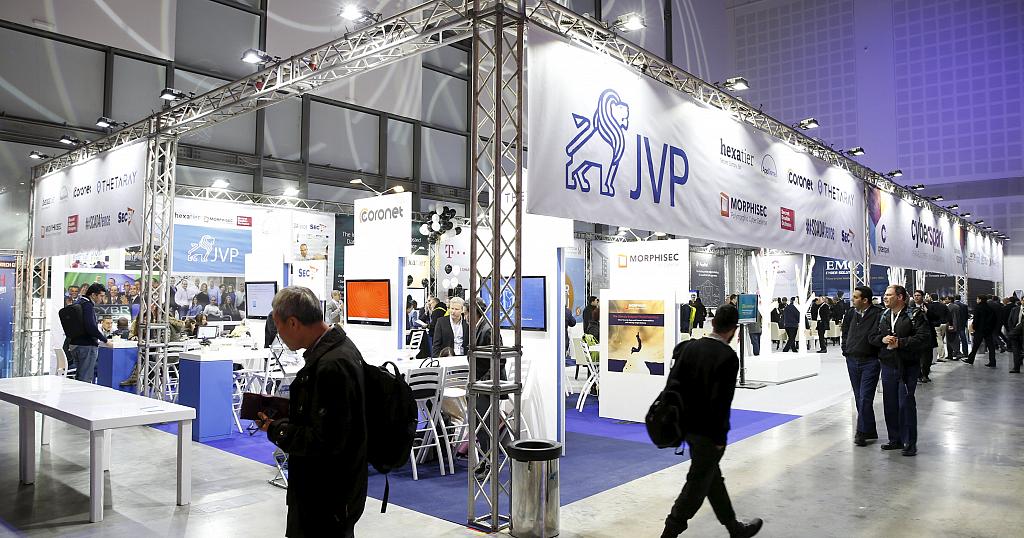
Cyber Carjacking the new way to steal someone’s auto.
Cyber security was one of the topics on the agenda at the recent CyberTech conference held in Tel Aviv.
Last year, hackers in the US managed to remotely access a Jeep Cherokee SUV through its on-board computer, taking control of its steering, transmission and brakes.
A similar hack into the Tesla Model S, was carried out, officials say.
However, one also must look at the past for insights and guidance on things that were done wrong to ensure bad history is not repeated.
Therefore, let me share with you a part of history that we need to be aware of and protect our future from ever repeating again.
Many folks have never heard of Poor Farms in the South and Poor Houses in some parts of the Midwest. Before soc. Security and Welfare we had poor farms/ houses. They date from the late 1800s until 1930s.
Poor farms/ houses were often filled with the elderly and others that had no money or anyone to take care them. People often worked the land for 16+ hours days, dressed in rags, and had very little to eat. Once you were there you could not leave ever until you died.
My grandfather always taught us that if Social Security and Welfare were ever eliminated, that a model of Poor Farms/ houses would return.
Poorhouses promised to be a much more efficient and cheaper way to provide relief to paupers.
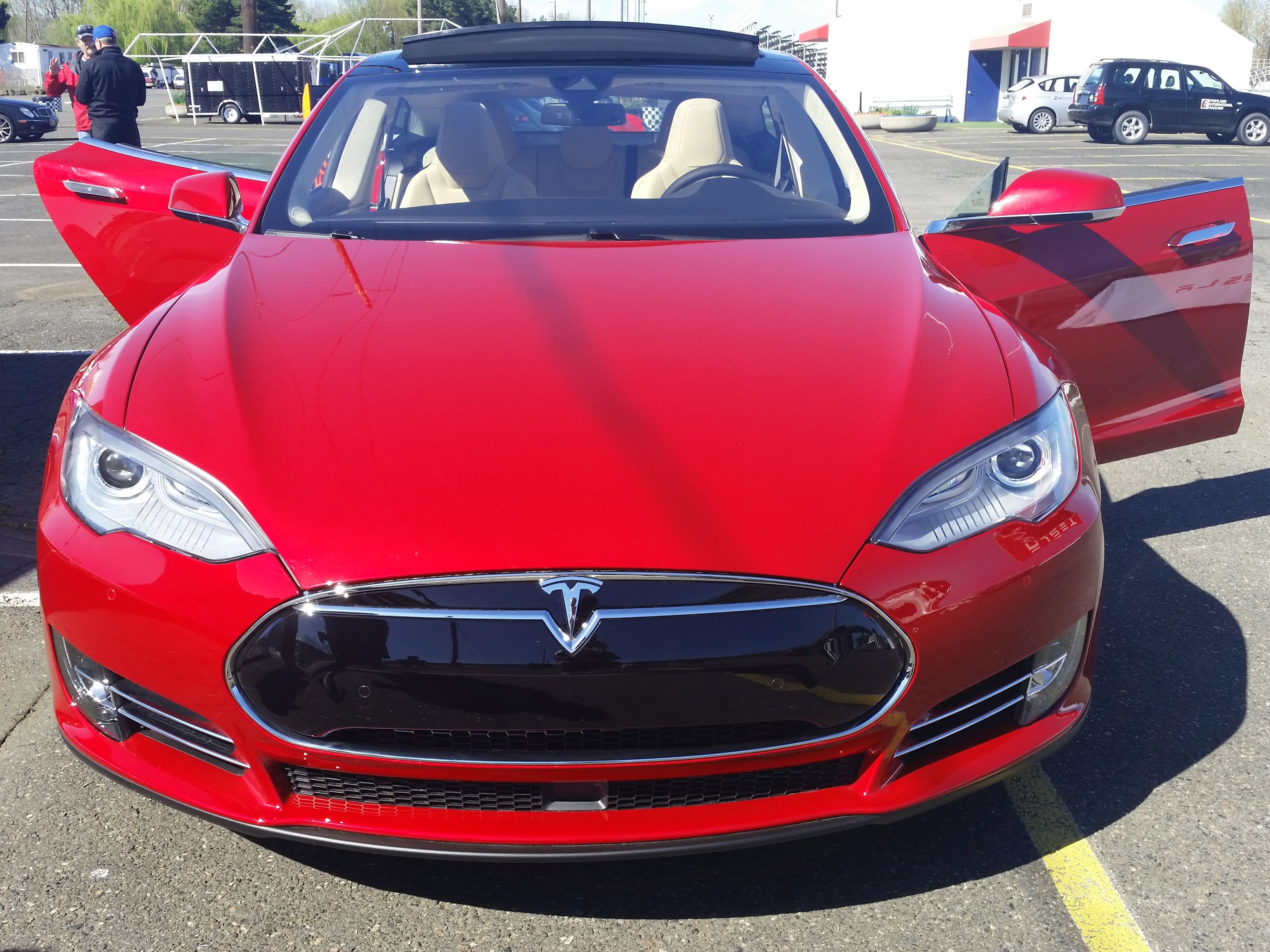
Tesla Version 7.1 adds driverless automatic parking to Tesla Model S and Model X vehicles.
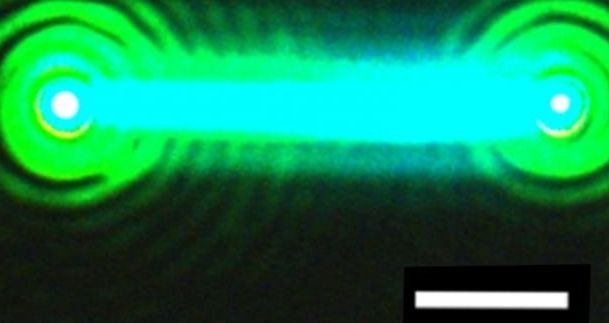
Making Nanowire Lasers
Feb. 11, 2016 — Scientists have found a simple new way to produce nanoscale wires that can serve as bright, stable and tunable lasers — an advance toward using light to transmit data.
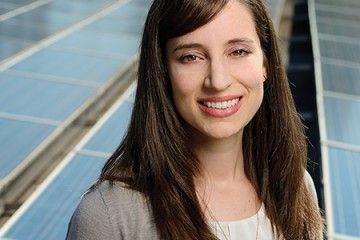
Now, that’s a concept! Spray paint from a can that harnesses solar energy. Imagine, you can spray paint windows, patio tables, your car, a bike, etc. with Solar Spray Paint in a can; and watch your gadgets get charged. It is almost like the “Computer Screen in the Can” idea that I had last week. Geez, wonder if she could partner with me on that concept?
Researcher aims to engineer spray paint that can convert sun’s elusive energy to electricity.
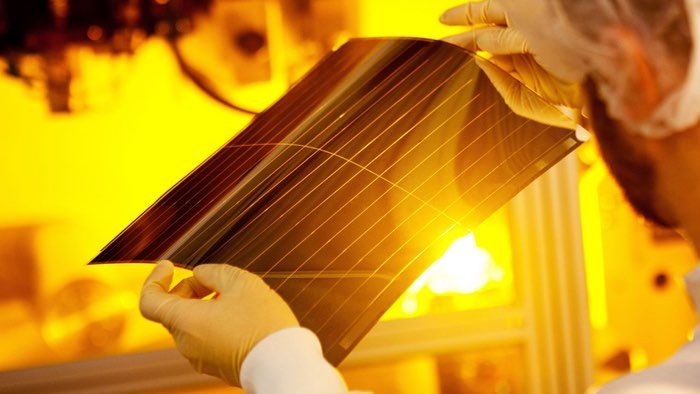
German solar technology firm Heliatek claims to have outdone itself by setting a new world record for directly converting sunlight into electricity using organic photovoltaic cells. In 2012 it claimed a then world record 10.7 percent conversion efficiency and said it was gunning for 15 percent in the near future. This week it announced it’s halfway there, achieving a new record of 13.2 percent.
Heliatek says its R&D teams achieved the new record using a multi-junction cell and that the measurement was independently confirmed by Fraunhofer CSP’s solar testing facility. While traditional silicon cells have achieved higher levels of conversion efficiency, organic cells are also pursued because they can be produced more cheaply and are also more flexible.
In fact, the firm claims that “the excellent low light and high temperature behavior of the organic semiconductor” in the new cells makes them equivalent to the electricity generation capability of conventional solar cells with 16–17 percent efficiency under real world conditions.
Tesla’s next car will be a lot cheaper than previously expected.
In fact, it could cost as little as $25,000.
CEO Elon Musk confirmed last year that its first mass market car, the Model 3, would price at about $35,000.